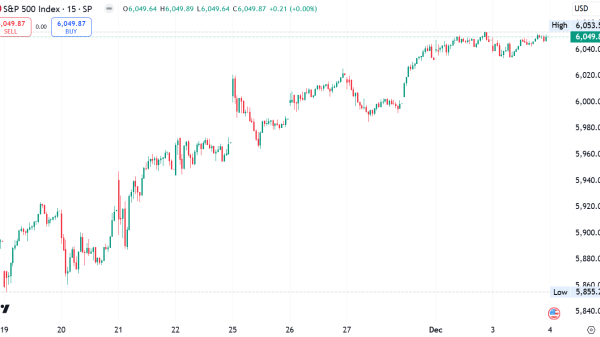What Is The Average Collection Period?
The average collection period (ACP) is a crucial financial metric that helps businesses understand the effectiveness of their credit policies and accounts receivable management. It calculates the average number of days it takes for a company to collect payments from its customers after a sale has been made on credit.
A shorter ACP indicates that a company is more efficient at collecting its receivables, which improves cash flow and reduces the risk of bad debts. Conversely, a longer ACP might suggest issues with credit policy, customer creditworthiness, or collections processes, potentially tying up funds that could be used for other operational needs or investments.
Understanding the average collection period
To calculate the average collection period, one uses the formula:
The average collection period, often represented as the number of days it takes for a company to collect its accounts receivable, is calculated using two primary methods.
The first method involves multiplying 365 days by the ratio of average accounts receivable to net credit sales, formulated as:
Average collection period = 365 Days * (average accounts receivables / net credit sales)
This equation helps determine the average number of days required for a company to convert its credit sales into cash.
An alternative approach, which essentially conveys the same information but in a different manner, involves dividing 365 days by the receivables turnover ratio, known as the days sales outstanding (DSO) formula:
Average collection period = 365 days / receivables turnover ratio
Here, the receivables turnover ratio is defined as the quotient of net credit sales over the average accounts receivable, offering a streamlined method to compute the collection period. This approach emphasizes the speed at which a company manages to gather its receivables, encapsulating it in a single figure that signifies the average duration in days.
Significance of the average collection period
The significance of ACP extends beyond merely understanding how long it takes to collect receivables. It directly impacts a company’s liquidity and operational efficiency. Here are several key aspects of its importance:
Cash flow management: Efficient cash flow is vital for the survival and growth of any business. A shorter ACP improves cash flow by ensuring that cash from sales is available sooner for reinvestment, paying off debts, or covering operational costs.
Credit policy evaluation: ACP can serve as a metric to evaluate the effectiveness of a company’s credit policies. If the ACP is longer than the industry average, it might indicate that the company’s credit terms are too lenient or inefficiencies in the collection process.
Customer creditworthiness: Regularly analyzing ACP helps identify customers who consistently pay late. Furthermore, this information can be used to adjust credit terms or initiate more stringent collection efforts for high-risk customers.
Financial health indicator: Investors and creditors often look at the ACP as an indicator of a company’s financial health. A consistently low ACP suggests that the company is managing its receivables efficiently, which could make it a more attractive investment.
Practical considerations and limitations
While the average collection period is a valuable tool, it should not be used in isolation. Here are some considerations and limitations to keep in mind:
Industry differences: ACP standards can vary significantly across industries. Therefore, comparisons should be made with companies within the same sector to ensure relevancy.
Economic and seasonal factors: Economic downturns or seasonal business patterns can affect the ACP. It’s important to consider these factors when analyzing changes in the ACP over time.
Changes in sales or credit policies: Sudden changes in a company’s credit policies or a significant increase or decrease in credit sales can skew the ACP. It’s essential to account for these factors to avoid misinterpretation of the data.
Accounts receivable quality: The ACP does not provide insight into the age distribution of accounts receivable. A company might have a reasonable average collection period but still possess a significant amount of old receivables, indicating potential issues with specific accounts.
Final thoughts
The average collection period is a vital financial metric that offers insights into a company’s liquidity, operational efficiency, and the effectiveness of its credit and collection policies. By understanding and effectively managing the ACP, companies can improve their cash flow, minimize the risk of bad debt, and make informed decisions regarding their credit practices.
Nevertheless, it’s crucial to consider the ACP in the context of industry norms, economic conditions, and other financial metrics to gain a comprehensive understanding of a company’s financial health and operational efficiency.
As in the case of any financial metric, the ACP is most valuable when used as part of a broader analysis that considers various factors affecting a company’s performance.
The post What Is The Average Collection Period? appeared first on FinanceBrokerage.


































